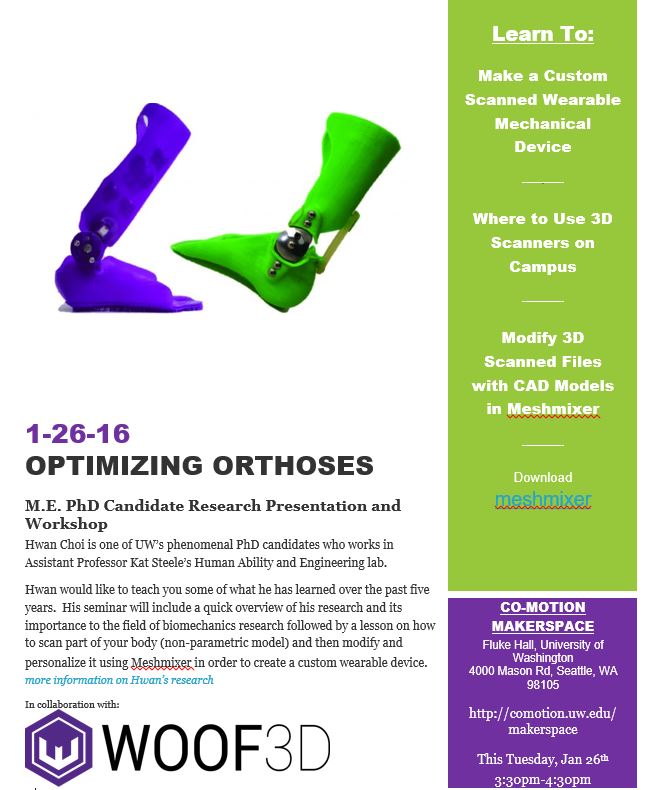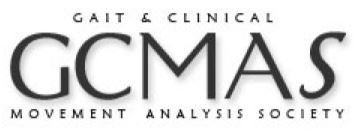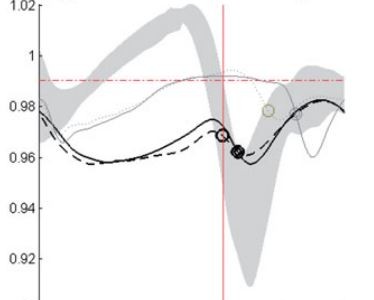Paper accepted at ASME Dynamics Systems and Control Conference:
Using dynamic musculoskeletal simulation to evaluate altered muscle properties in cerebral palsy
Abstract: Cerebral palsy is caused by an injury to the brain, but also causes many secondary changes in the musculoskeletal system. Altered muscle properties such as contracture, an increased passive resistance to stretch, are common but vary widely between individuals and between muscles. Quantifying these changes is important to understand pathologic movement and create patient-specific treatment plans. Musculoskeletal modeling and simulation have increasingly been used to evaluate pathologic movement in CP; however, these models are based upon muscle properties of unimpaired individuals. In this study, we used a dynamic musculoskeletal simulation of a simple motion, passively moving the ankle, to determine (1) if a model based upon unimpaired muscle properties can accurately represent individuals with cerebral palsy, and (2) if an optimization can be used to adjust passive muscle properties and characterize magnitude of contracture in individual muscles. We created musculoskeletal simulations of ankle motion for nine children with cerebral palsy. Results indicate that the unimpaired musculoskeletal model cannot accurately characterize passive ankle motion for most subjects, but adjusting tendon slack lengths can reduce error and help identify the magnitude of contracture for different muscles.






